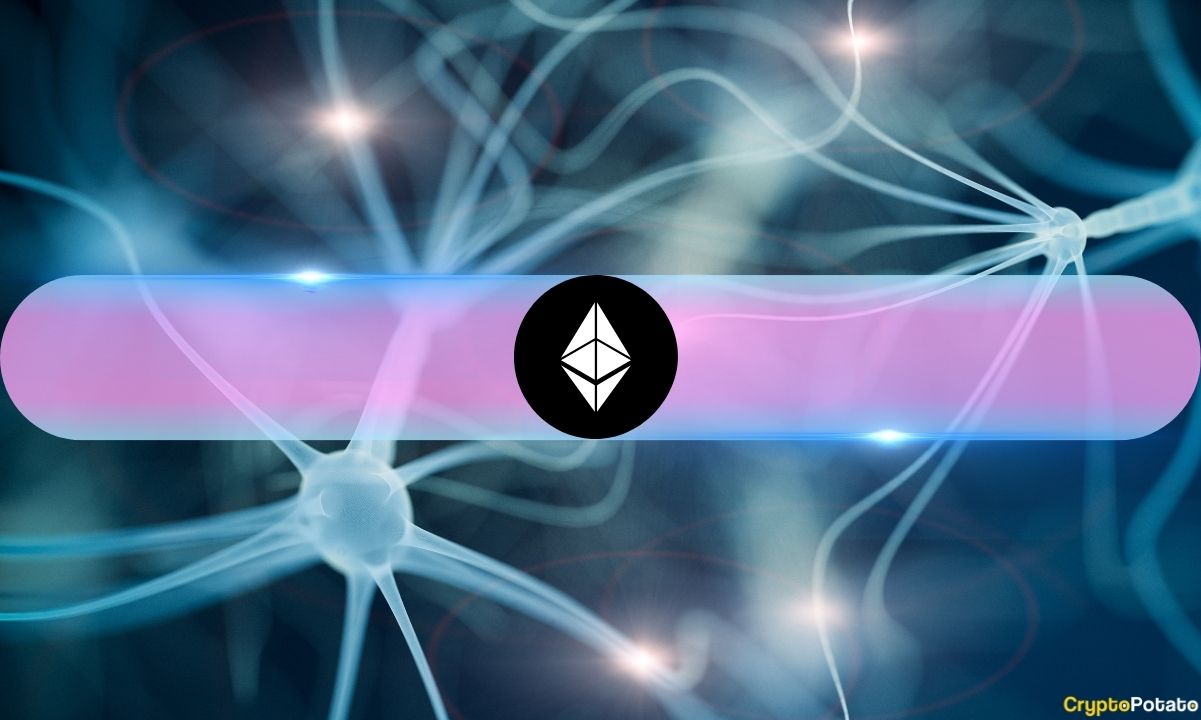
Ethereum co-founder Vitalik Buterin has shared insights into Ethereum’s next upgrade on its technical roadmap – The Scourge.
It aims to fix issues involving centralization concerns in Ethereum’s staking and block production. Buterin has proposed several fixes to these shortcomings the layer-1 blockchain faces.
Ethereum’s Scourge to Reduce PoS Centralization
Following Ethereum’s Merge upgrade in late 2022, the smart contract blockchain transitioned from a proof-of-work (PoW) consensus mechanism to a proof-of-stake (PoS) model. This allowed ETH holders to stake their holdings for additional rewards, block production, and network security.
While this feature has profited the ecosystem, Buterin highlighted that staking centralization presents “one of the biggest risks” to the L1 blockchain, adding that it could birth further challenges within the network.
In an October 20 blog post, Buterin stressed that the economies of scale in PoS models can make large staking pools dominate the market as small stakers flock to large pools.
Around 30% of ETH’s supply is currently being staked. Buterin explained that this is enough to protect the blockchain from the 51% attack. However, if this figure grows significantly, there will be risks, such as staking becoming a “duty” for all ETH holders, a single liquid staking token (LST) overtaking the majority of the stake, and the “money” network effect from the blockchain, and the credibility of the slashing mechanism could weaken.
The Ethereum co-founder proposed a solution: limit the amount of ETH each user can stake and limit staking penalties to 12.5% of staked coins. Buterin also suggested implementing two-tier staking, dividing staked ETH into a slashable or unslashable stake.
The Scourge to Fix Block Construction Challenges
Regarding Ethereum’s block production, an Ethereum Foundation researcher disclosed that two entities, Beaverbuild and Titan Builder, produced 88.7% of ETH blocks within the first two weeks of this month, sparking concerns about centralization.
Presently, Ethereum adopts the proposer-builder separation for block production, a mechanism where builders create blocks for proposers to review. Buterin stated that actors performing “specialized” tasks can easily become centralized.
Buterin highlighted that Beaverbuild and Titan Builder cannot independently censor transactions since they do not produce 100% of the network’s blocks. Still, there is the risk of transactions being delayed for as long as 114 seconds instead of 6 seconds. This delay can be dangerous when it involves time-sensitive transactions and presents the risk of sandwich attacks.
The Ethereum creator shared two possible solutions to the issue. One is the fork-choice-enforced inclusion lists (FOCIL) proposal, in which proposers or stakers select transactions while builders decide how the transactions are ordered and “add new transactions.”
The second approach involves introducing multiple concurrent proposers (MCP) schemes like BRAID, which distributes “the block production process among many actors, in such a way that each proposer only needs to have a medium amount of sophistication to maximize their revenue.”
This article first appeared at CryptoPotato